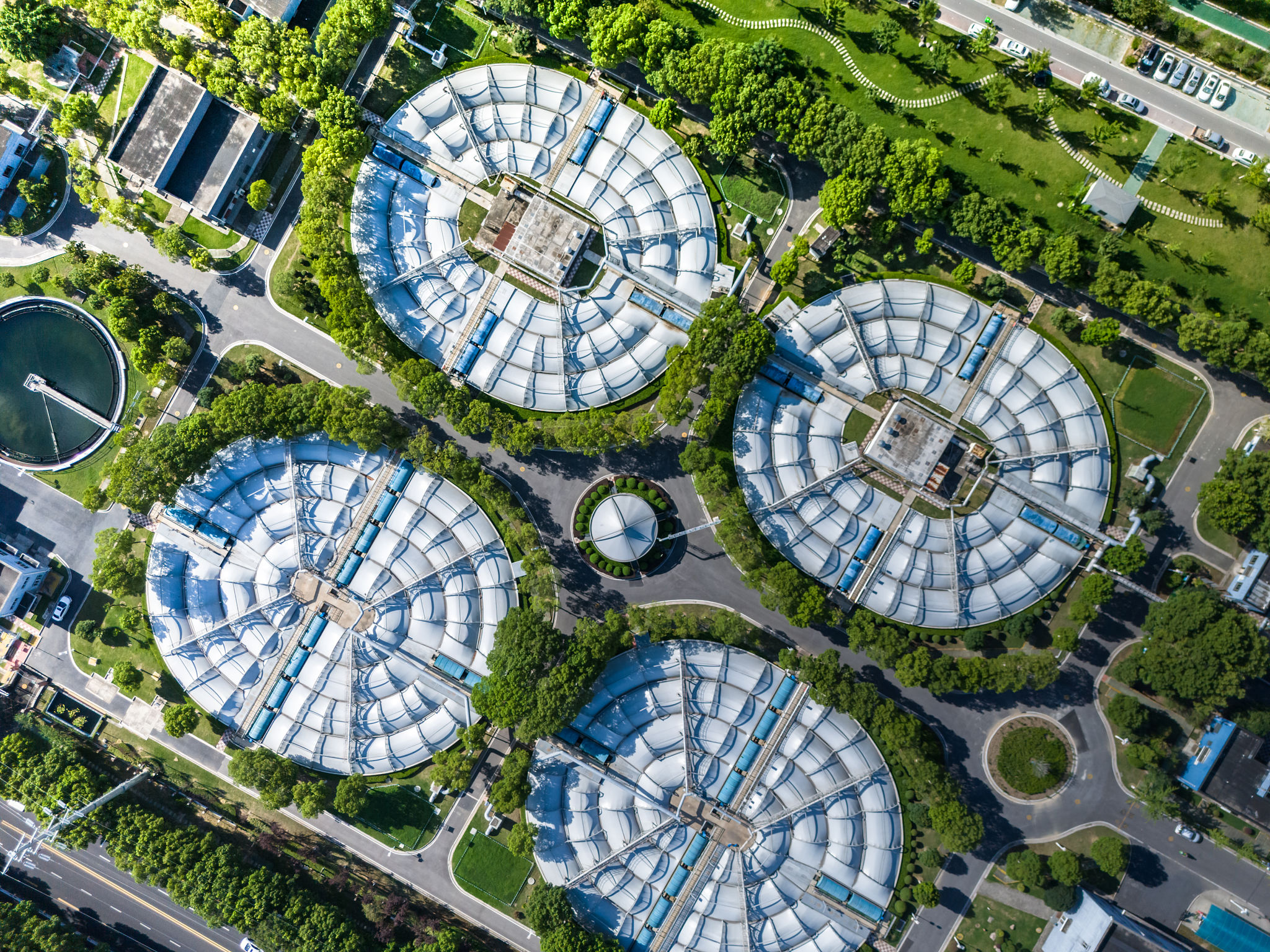Sustainable Landscaping: Innovative Trends and Techniques
Sustainable Landscaping: A Growing Trend
As environmental awareness continues to rise, sustainable landscaping has become a key focus for both residential and commercial properties. This innovative approach not only enhances the aesthetic appeal of outdoor spaces but also contributes positively to the environment. By employing eco-friendly practices, sustainable landscaping aims to create a harmonious relationship between nature and human habitation.

Native Plant Selections
One of the fundamental techniques in sustainable landscaping is the use of native plants. These plants are naturally adapted to the local climate and soil conditions, which means they require less water and maintenance compared to exotic species. By incorporating native flora, homeowners can create vibrant gardens that support local wildlife, including birds and pollinators, thereby enriching the ecosystem.
Efficient Water Management
Water conservation is a critical component of sustainable landscaping. Techniques such as drip irrigation and rainwater harvesting are gaining popularity for their ability to reduce water usage significantly. Drip irrigation delivers water directly to the plant roots, minimizing evaporation and runoff. Meanwhile, rain barrels and cisterns collect rainwater for later use, providing an eco-friendly alternative to traditional water sources.

Soil Health and Composting
Maintaining healthy soil is essential for a thriving landscape. Sustainable landscaping techniques often incorporate organic soil amendments and composting to enrich the soil naturally. Composting not only recycles kitchen and garden waste but also creates nutrient-rich humus that enhances soil fertility and structure. This reduces the need for chemical fertilizers, promoting a more balanced and sustainable ecosystem.
Energy-Efficient Lighting
Outdoor lighting can consume a significant amount of energy if not managed properly. The integration of energy-efficient lighting solutions, such as LED bulbs and solar-powered lights, helps reduce energy consumption while providing adequate illumination for safety and aesthetic purposes. Motion sensors and timers can further optimize energy use by ensuring lights are only on when needed.

Hardscaping with Recycled Materials
Incorporating recycled materials into hardscaping elements like patios, walkways, and retaining walls is another innovative trend in sustainable landscaping. Using reclaimed wood, stone, and other materials not only reduces waste but also gives outdoor spaces a unique and rustic charm. This practice also supports the reduction of carbon footprint associated with the production of new materials.
Creating Wildlife Habitats
Sustainable landscapes often include features designed to attract and support local wildlife. Installing birdhouses, bat boxes, and bee hotels encourages biodiversity and provides essential habitats for various species. These features, combined with native plants, create a welcoming environment for wildlife, fostering a balanced ecosystem that thrives alongside human activity.
In conclusion, sustainable landscaping offers numerous benefits, from reducing environmental impact to enhancing the beauty and functionality of outdoor spaces. By adopting these innovative trends and techniques, homeowners and businesses can contribute to a healthier planet while enjoying lush, vibrant landscapes.
